In Japan, a noticeable shift in the appreciation of rice is unfolding, highlighting the rising prominence of rice flour sweets. Derived from finely crushed rice powder, this adaptable ingredient has paved the way for innovative approaches to traditional rice consumption. While rice has conventionally been enjoyed mainly as a grain food, recent explorations into novel culinary practices, like transforming it into bread, cakes, noodles, and more, have garnered significant interest. Beyond its gustatory appeal, promoting the use of rice flour presents an opportunity to contribute to the preservation of Japan’s essential rice fields. Join us in exploring the world of rice flour sweets.
What is Rice Flour Sweets?
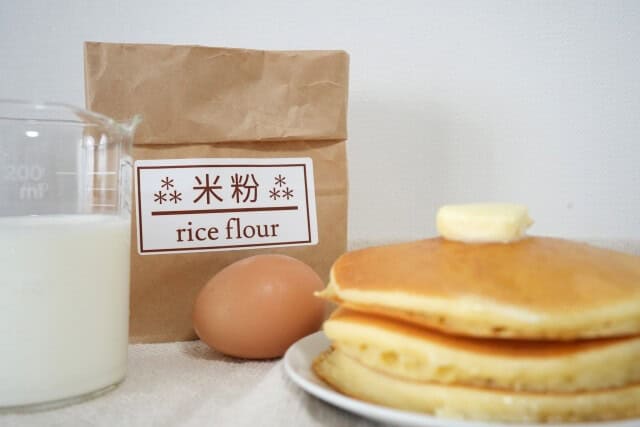
In Japan, “Komeko Sweets,” or Rice Flour Sweets, are yummy treats and desserts crafted mainly with rice flour. Rice flour, created by grinding rice into powder, is a common substitute for wheat flour in Japanese cooking. People who can’t handle gluten or prefer a gluten-free diet especially enjoy these treats. Most rice flour in Japan comes from non-glutinous or glutinous white rice, but some products use ground brown rice or sake rice flour. Beyond Japan, rice flour can also come from indica rice, red rice, and various other types, offering a wide range of options.
Rice Flour Sweets History
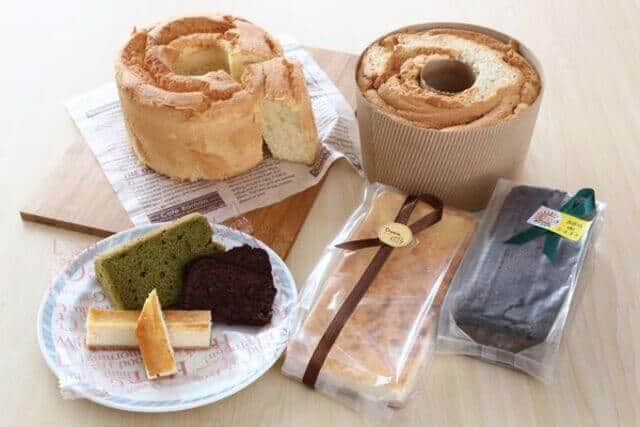
According to Rice flour has a long history in Japan, dating back to the Nara period. There are different types of rice flour, such as shiratama flour made from glutinous rice and joshin flour made from non-glutinous rice. These have been used in traditional Japanese sweets like dango, mochi, youkan, as well as rice crackers. The Japan Rice Flour Association is working to use advanced technology to make rice flour into a fine powder suitable for a variety of uses, including bread, cookies, cakes, pasta, and tempura flour.
Rice has been a part of Japan for over 2,000 years, introduced during the Yayoi period. The Nihon Shoki, an ancient Japanese chronicle, refers to rice as paddy seeds and recognizes chestnuts, barnyard grass, wheat, and beans as the five grains crucial for human food. The use of rice flour was introduced during the Nara period, influenced by envoys to the Tang Dynasty who brought back Chinese sweets. Chinese sweets like senbei and magari, made from wheat or rice flour and fried in oil, had a significant impact on Japanese sweets. Over time, Japan developed its unique sweets, blending influences from the Tang Dynasty, Nanban sweets introduced in 1571, and the refinement of sweets during the Edo period with the growth of the tea ceremony.
Following the Edo period, Japanese sweets spread widely, incorporating local ingredients and regional flavors. The production of rice flour played a crucial role in this culinary development. Initially, flour was manually produced using mills, but as water wheels became widespread, milling techniques improved. Rice flour gradually became accessible to the general population, and by the Meiji era, it underwent mechanization, leading to the high-quality rice flour available today. This history of rice flour reflects the richness it has brought to Japanese cuisine, contributing to the diverse and delicious range of foods enjoyed across the country.
Health Facts about Rice Flour
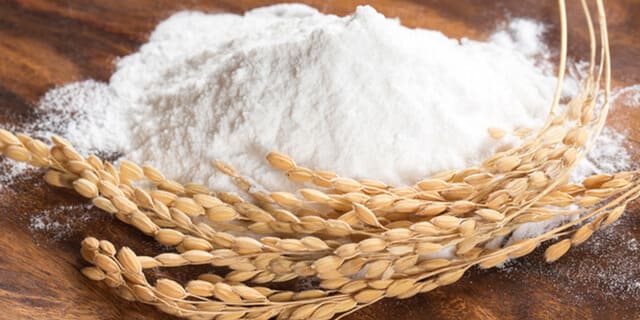
The calorie difference between wheat flour and rice flour is just 7 kcal, not much of a gap. However, rice flour can be a healthier choice depending on your cooking. The key to its health benefits lies in its low oil absorption rate, making it a good option for reducing calories in fried dishes like chicken and tempura. Moreover, rice flour is digested more slowly than wheat flour, and rice flour bread is chewier, making you feel fuller as you chew more. Another nutritional perk is that rice flour has a better amino acid score than wheat flour. The amino acid score measures the balance of protein and essential amino acids in food, and rice flour’s score of 65, according to the Ministry of Agriculture, Forestry and Fisheries, is higher than wheat flour’s score of 41, indicating a better amino acid balance in rice flour.
Consuming wheat-based products like bread can lead to an increased dependence on gluten. Additionally, wheat contains the carbohydrate “amylopectin,” known to cause rapid spikes in blood sugar levels. Such spikes may result in subsequent sudden drops in blood sugar, triggering feelings of hunger and potentially leading to overeating. On the other hand, rice flour, with its lower Glycemic Index (GI) compared to wheat flour, induces a slower and more sustained increase in blood sugar levels. This slower rise helps maintain a feeling of fullness, reducing the likelihood of overeating. While rice flour may not directly contribute to weight loss, it can be seen as a choice that promotes better control over food intake.
Features of Rice Flour
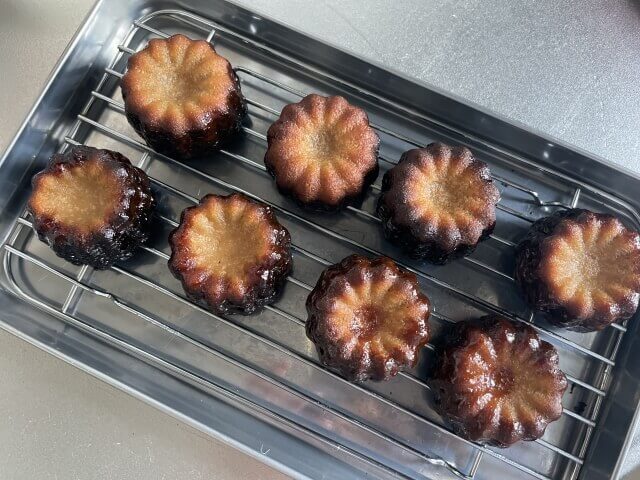
Rice flour has various characteristics. First, it has a chewy texture. It is also a refreshing and healthy food with low oil absorption. Compared to wheat flour, it has a lower oil absorption rate, so for example, when tempura is fried with rice flour, it stays crispy for a long time. (Oil absorption rate = rice flour 21%, wheat flour 38% *absorption rate of batter when frying chicken thighs). Another big feature is that people with allergies can eat it with confidence. Wheat contains a lot of gluten. Gluten can cause allergic symptoms, and in Western countries it is believed to be the cause of celiac disease, an autoimmune disease. Although celiac disease is rare in Japan, the number of people with wheat allergies is increasing. Rice flour does not contain gluten.
What is the difference between rice flour and wheat flour?
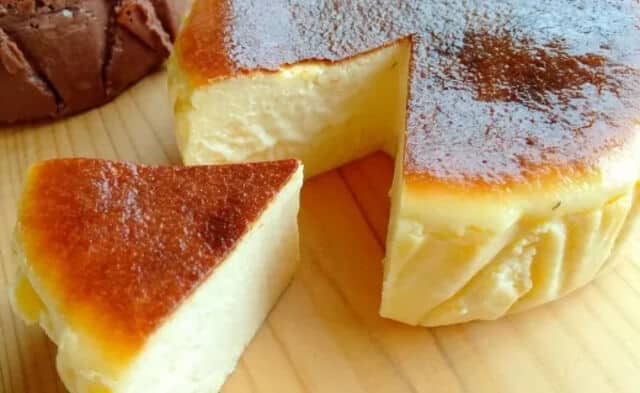
So, what’s the deal with rice flour versus wheat flour? Well, wheat flour has this protein called gluten, found in barley, which makes dough all stretchy and sticky—great for making bread. But here’s the catch: gluten can be a problem for folks with allergies. Enter rice flour, the gluten-free hero! Unlike wheat flour, rice flour doesn’t have gluten, making it a hot topic as a “non-gluten” or “gluten-free” ingredient that’s getting more and more attention.
What type of rice flour?
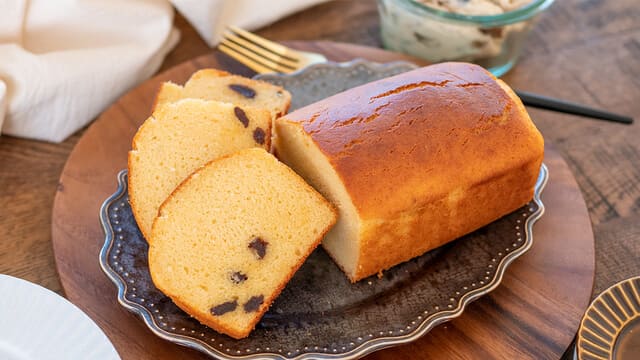
Alright, so let’s break it down. In Japan, they’ve been using chunkier rice flours like “joshinko” from non-sticky rice, and stickier ones like “mochiko,” “shiratamako,” “kanbaiko,” and “domyojiko” from sticky rice for ages in their sweets. But guess what? Thanks to some cool improvements in how they make flour, now we can get even finer rice flour. This fine stuff is hitting the shelves, and suddenly, it’s not just for traditional Japanese sweets. Nope! People are using it for all sorts of goodies, like Western sweets and bread. It’s catching on, and everyone’s loving it!
Rice Flour Sweets FAQ
- How rice flour contribute to increasing food self-sufficiency rate?
-
Choosing rice flour for making bread and noodles can help boost Japan’s food self-sufficiency. Currently, the country has a low food self-sufficiency rate of 38%, largely due to dependence on wheat imports. By replacing wheat flour with locally produced rice flour, it can contribute to enhancing food self-sufficiency. This estimate is based on the assumption that locally sourced rice flour replaces imported wheat flour in the bread-making process, with each bread using approximately 80g of rice flour.
- What are the disadvantages of rice flour?
-
First off, it can be a bit tricky to get your hands on. Additionally, it tends to be pricier compared to wheat flour. Another thing to keep in mind is that dough made with rice flour tends to harden faster than dough made with wheat flour. Lastly, the rice flour dough may not stick together as well.
Various Rice Flour Sweets
Butter cookies
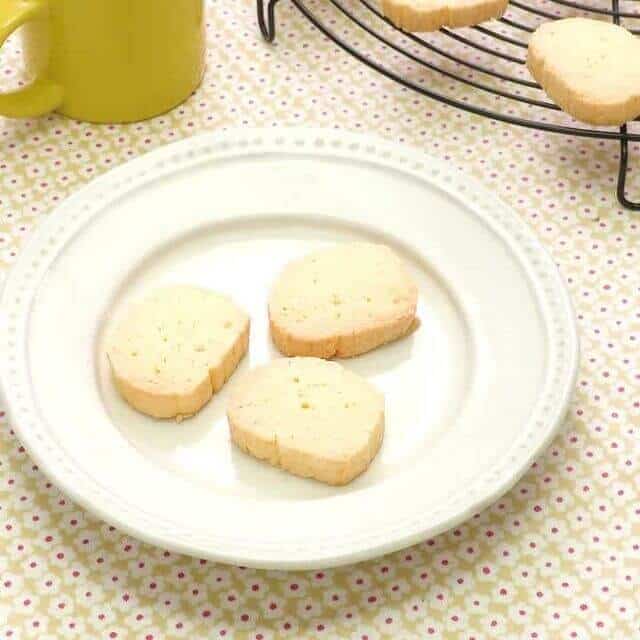
Rice flour butter cookies that are crunchy and have a buttery flavor that fills your mouth. These cookies have a very gentle taste of rice flour.
Rice flour banana muffin

Introducing muffins made with rice flour instead of wheat flour! The banana added moisture. Add chocolate chips for a satisfying finish. The great thing about it is that it’s easy to make just by mixing banana and rice flour.
Tofu cream rice flour roll cake
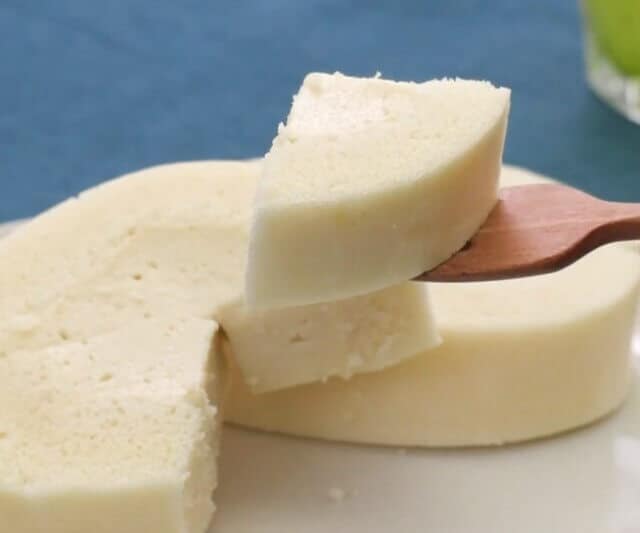
Introducing a roll cake that you can make in the microwave without using eggs! By using tofu in the cream, there is no need to foam the cream! Please try making a roll cake that is a little different than usual.
Rice Flour Sweets Recipe
Butter cookies using rice flour Ingredients
| Ingredients of butter cookies for 5 persons | Measurements |
|---|---|
| Rice flour | 120g |
| Unsalted butter | 70g |
| Sugar | 50g |
| Beaten egg | 23g |
| Vanilla essence | 3g |
How to make Rice Flour Sweets – Butter Cookies?
Bring the butter to room temperature. Lay a parchment paper on a baking sheet. Put the butter in a bowl and mix until smooth, then add the sugar and mix until it becomes whitish.
Add the beaten eggs 3 to 4 times, stirring each time, then add the vanilla essence and mix.
Add the rice flour and mix until there are no lumps, then use your hands to roll it into a ball about 18cm long, wrap it in plastic wrap, and shape it. Place in the freezer for about an hour.
Remove the dough from the freezer, remove the plastic wrap, and cut into 1cm wide pieces. Place on a baking sheet lined with parchment paper and bake in an oven preheated to 170℃ for 15 to 20 minutes.
Banana Muffins using Rice Flour Ingredients
| Ingredients of banana muffins 3 persons | Measurements |
|---|---|
| Banana | 25g |
| Egg | 23g |
| Sugar | 40g |
| Milk | 42g |
| Salad oil | 56g |
| Rice flour (for confectionery) | 150g |
| Baking powder | 7g |
| Chocolate chip | 30g |
How to make Rice Flour Sweets – Banana Muffins?
Preheat the oven to 170℃. Add rice flour and baking powder to a bowl and mix with a whisk (flour).
The rice flour used is rice flour for confectionery. Many rice flours used for bread making contain wheat gluten, so be sure to check the ingredients.
Cut the bananas into thin slices for garnish. Place the remaining bananas in a bowl and mash them with a fork.
Add eggs, sugar, milk, and salad oil to bowl and mix well. Add the flour and mix, then add the chocolate chips and mix (dough).
Place a cup in the mold, divide the batter into equal parts and top with bananas for decoration. Bake in an oven preheated to 170℃ for about 20 to 25 minutes.
Where to buy Rice Flour Sweets?
Satsuki (スイーツさつき)

At Satsuki, they specialize in crafting flour-free cakes exclusively from 100% rice flour, utilizing meticulously chosen ingredients. Their unique rice flour blend involves various types, allowing for a versatile range of sweets. By adjusting the blending method to match each treat, they’ve created options without eggs or dairy, ensuring a treat for everyone. Satsuki uses five distinct rice flours, each with its characteristics, alongside rice ingredients and soybean flour. This variety guarantees diverse textures in their cakes. Moreover, Satsuki extends their offerings to include SOY sweets and plant-based treats.
Okashiya Tokyo (カフェテリア)

OKASHIYA TOKYO stands out as a gluten-free Western confectionery shop that relies entirely on 100% domestic rice flour. Prioritizing locally sourced ingredients and steering clear of additives, they present a delightful array of unique sweets exclusive to OKASHIYA TOKYO. Their offerings range from the classic gently sweet financiers to more innovative creations. They infuse each creation with lots of smiles and loving thoughts, ensuring a delightful experience for every customer.
NachuRa (グルテンフリースイーツ専門店 NachuRa南青山店)

NachuRa takes pride in crafting all their sweets by hand, excluding white sugar and flour to ensure everyone can indulge with peace of mind. Their special ingredient is rice flour, steering clear of wheat flour and predominantly relying on rice flour. Sourced from domestic rice, this rice flour not only has fewer calories than wheat flour but is also easily absorbed by the body, lessening the burden on one’s system. With a commitment to wholesome ingredients, NachuRa aims to provide treats that are both delicious and mindful of their customers’ well-being.
For Online Shopping
For those who want to order or buy Rice Flour or Komeko in Japan, you can mail it to your home online on Rakuten. You can check out some shops that sell Rice Flour or Komeko via Rakuten by clicking below.
And for those who want to order or buy but live away from Japan. You can ship them from Rakuten by following the steps below. Rakuten offers International Shipping Service, so do not worry about how to receive your items. Rakuten Global Express is an online shopping service that allows users to shop at stores in Japan.
Sign up
First, you need a Rakuten ID. If you are already a Rakuten member, you can start using Rakuten Global Express. If you have not registered yet, click here.
Get your personal RGX address
After signing up, you will get a Japanese address: a Rakuten Global Express address.
Shop at stores in Japan
Now that you get yourself a personal RGX address (Rakuten Global Express address). You can shop online in Japan, click here to shop for Rice Flour or Komeko (not only Rakuten but other online stores are also included).
When you have decided on your items, set the delivery address to your Rakuten Global Express address.
Confirm items
After items are shipped to the RGX address, they will be packed into one package. You also receive an email upon confirming these items and payment.
Once the payment is confirmed, your package will be delivered within a designated period depending on your shipping choice.
Takeaway
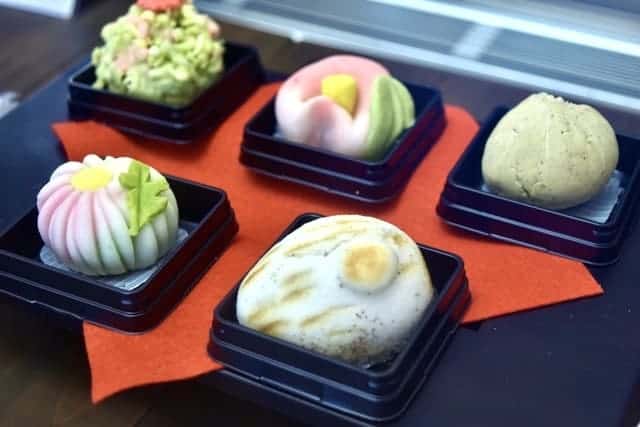
Rice flour sweets have become a delightful part of Japan’s diverse culinary scene, especially since some use koshihiraki rice to process it. From chewy mochi to crispy senbei, these treats showcase the versatility of rice flour in crafting a wide array of delicious confections. As a gluten-free alternative, rice flour has not only contributed to traditional Japanese sweets but has also ventured into the world of Western-inspired desserts, reflecting the evolving taste preferences of the people. Whether enjoyed during festive occasions or as everyday indulgences, rice flour sweets have firmly established themselves, adding a touch of sweetness to Japan’s culinary traditions.
You can check some Japanese dishes such as Tokyo Banana and Rikuro cheesecake that we know you would like to try too.






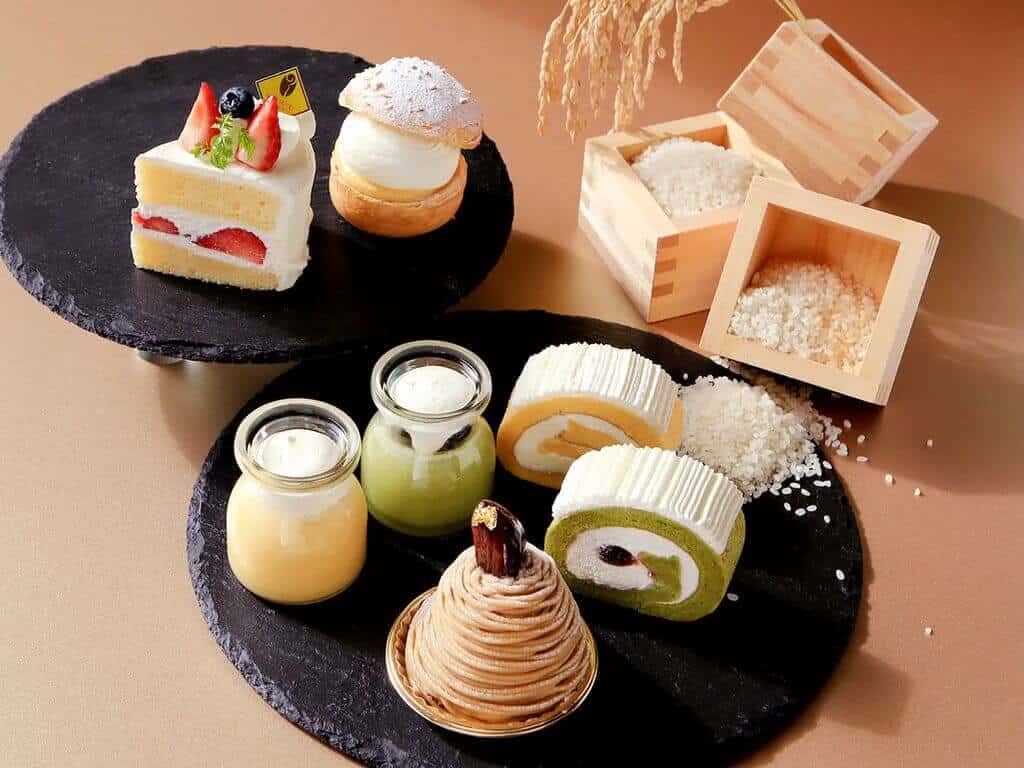
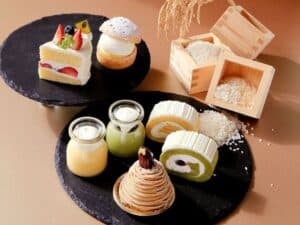
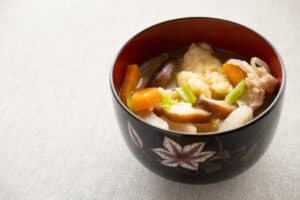

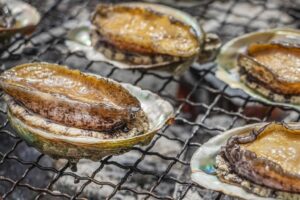
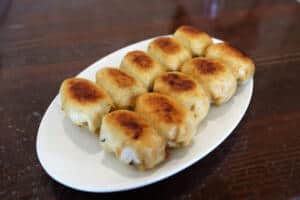
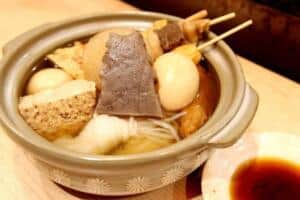
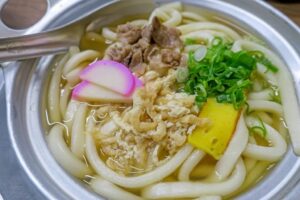
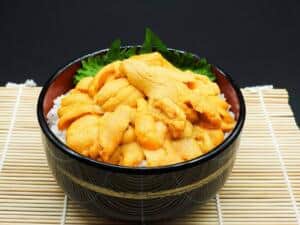
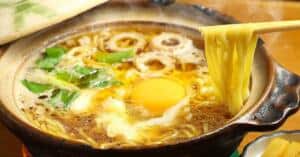
Comments